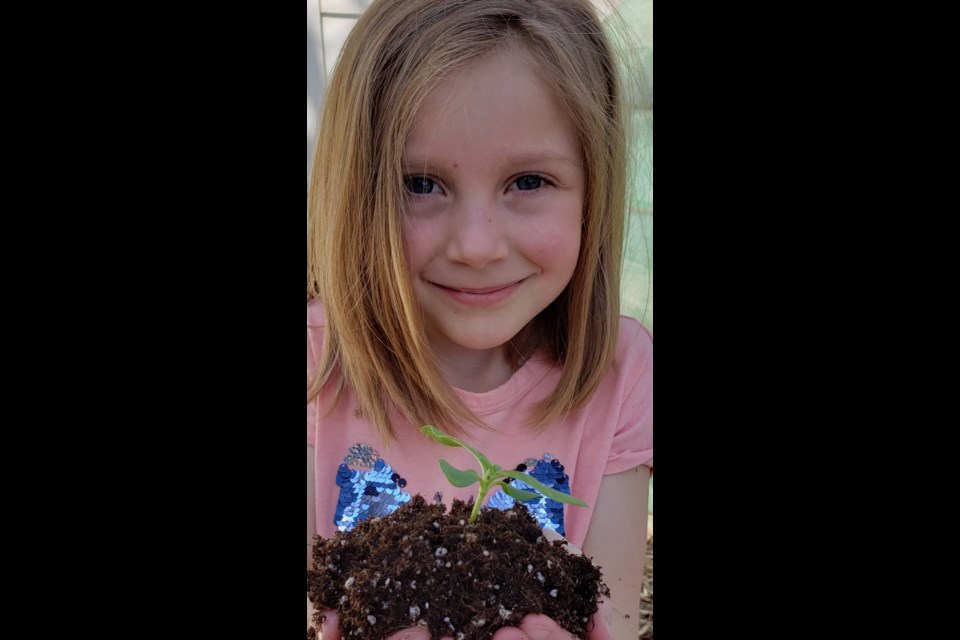Like plants, soil is essential to life as we know it. Everything in the garden starts from the ground up, which means soil is a most integral part of gardening. The soil, whether it is a patch of ground, a raised bed or a container, is the home of your garden plants. To ensure the best growth and successful results of your efforts, a soil that provides all the needs of the plant is best! The soil will hold and provide the water and nutrients to your plants, will provide anchorage and support to their root systems and will provide long-term garden bounty if developed and cared for appropriately.
So what is soil? It is the thin, uppermost layer of the Earth’s crust containing solids, liquids and gases which can support the growth and life of organisms. It is composed of mineral and organic matter arranged in horizons and is under a constant state of change.
Your soil holds air, water, nutrients, organic matter and a variety of beneficial organisms. Plants depend upon these resources for their nutritional needs, and their roots use the soil as an anchor. In turn, plants influence soil development by breaking down large clods with their roots. Plants increase soil fertility by releasing by-products during their growth and by СŔ¶ĘÓƵ recycled by soil microorganisms when they die.
Soil is formed by two processes – by the decomposition of rock, or by the decomposition of plant material. Soil that is formed over a millennium from a parent material of rock is what we generally see in our soils unless you are gardening in the Canadian shield country of our north, is made up of mineral particles of different sizes – known as sand, silt and clay. Sand particles are the largest. Sand has lots of air space and doesn’t compact easily, so water drains quickly out of sandy soil and nutrients are quickly washed away. However, in spring it is the soil type that will warm most quickly. Clay particles are the smallest and are visible only through a microscope. Water penetrates and drains from clay very slowly. Clay holds the most nutrients, but there is little room for air so it compacts easily. Clay is the soil that will take the longest time to warm up in the spring. Silt particles are smaller than sand particles but larger than clay particles. Silt in soil is characterized by somewhere in the middle of clay and sand. Most soil is made up of a mixture of different particle sizes.
The texture of a soil is determined by the percentages of sand, silt and clay. Soil with a balanced mix of these three particle sizes is called loam. A loam soil is the desired soil for any horticultural purposes. It is best for the plants….and the gardener. Coarse soils have large pore spaces; finer soils have fewer large pore spaces but more capillary spaces. Water and air move easily through large pores, whereas water is retained in the smaller pores. The smaller the pore size the more tightly the water is held in the soil.
The structure of your soil is important for several reasons. If you are blessed with a soil that is less than perfect, you will need to take steps to improve the soil to ensure your landscape can be the best it can be. The most difficult soil to manage is one that is high in clay. However, there is hope as the addition of lots and lots of organic matter over many years will transform this soil into a great horticultural mediad.
Hanbidge is the Lead Horticulturist with Orchid Horticulture. Find us at ; by email at [email protected]; on Facebook @orchidhort and Instagram at #orchidhort.
Tune into GROW Live on our Facebook page or check out the Youtube channel GROW




